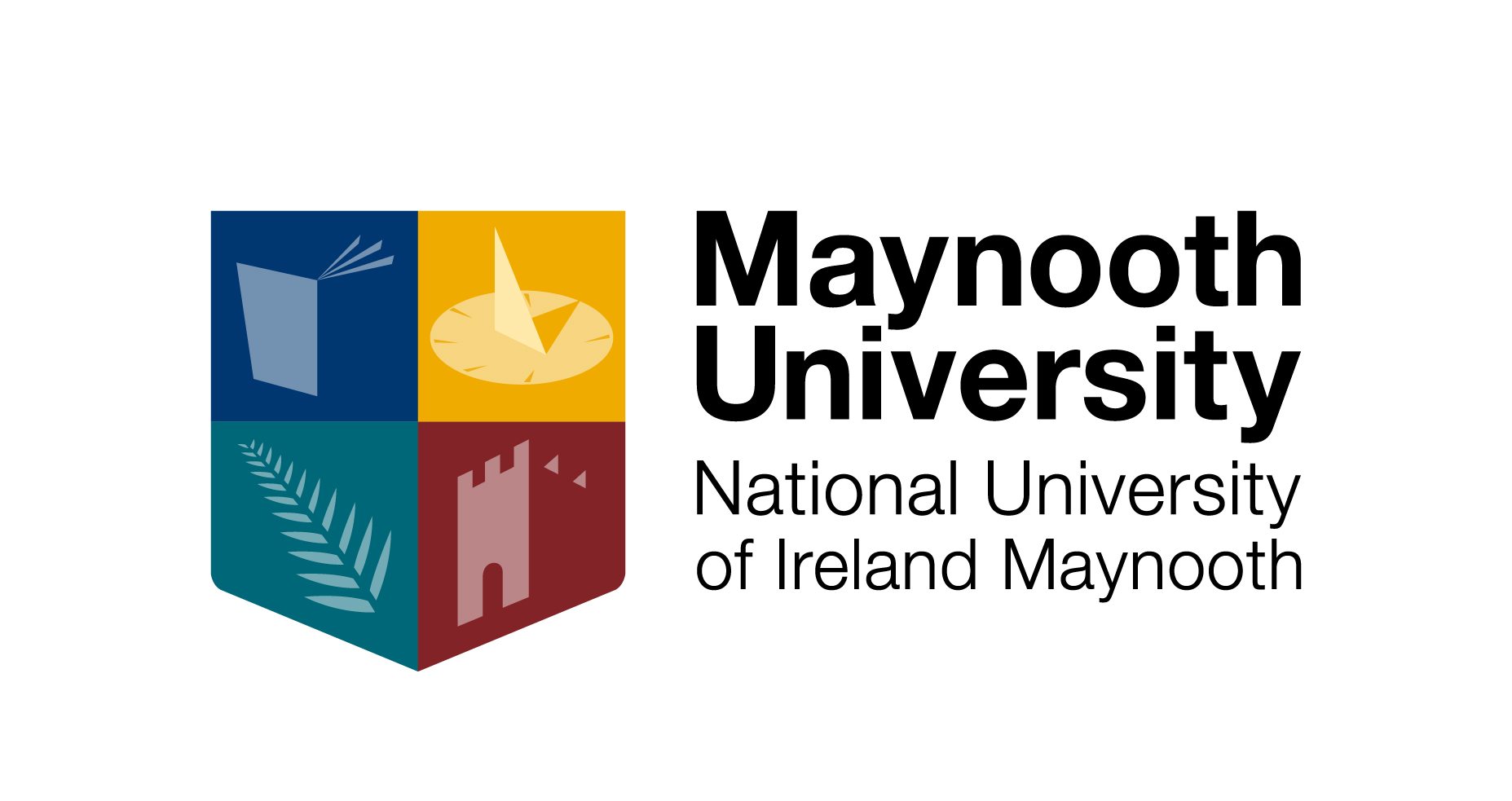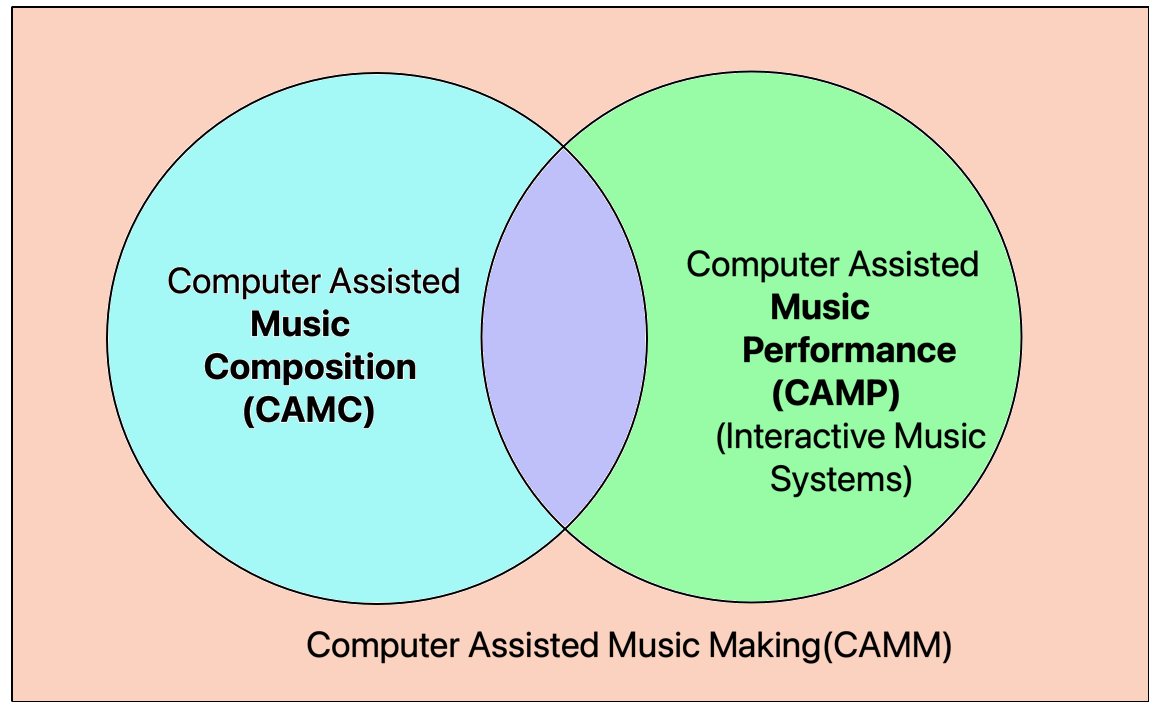Abstract
The emerging field of "Robotic Musicianship"The development of machine intelligence to capture musical perception, composition, and performance capabilities in robots focuses on developing machine intelligence, in terms of algorithmsA set of rules or instructions given to a computer to help it solve problems or complete tasks and cognitive models, to capture musical perception, composition, and performance, and to transplant these skills into a robot that can then reproduce them in any context.
In such multi-ensemble technological settings, it must be assumed that humans will not play rigidly; rather they will move and express with the 'feel' of the music, wherein the roles of 'leader' and 'follower' within the troupe could often change in a fluid manner. Hence, for machines to participate and create cooperative musical performances, where synchronizationThe coordination of simultaneous processes or events to operate in unison and adaptation plays a vital role, they need to operate at a higher cognitive level.
We develop an approach based on the joint strategy of:
- Mapping – responsible for ensuring control and sensing of musical instrument components along with sound synthesis parameters
- Modeling – focuses on capturing the overall representation of the musical process
We consider each musician (irrespective of human or machine) as a separate oscillatorA system that produces regular, repetitive variations, used in synchronization models to represent rhythmic elements, wherein mathematical models for oscillator coupling, for example the well-known KuramotoThe Kuramoto model describes synchronization in systems of coupled oscillators, widely used in modeling biological and musical synchronization algorithm, can be used for establishing and maintaining synchronization.

Thesis Structure
Chapter 1: Introduction
Historical context of automated musical systems and the central challenge of human-robot musical interaction.
Chapter 2: Literature Review
Comprehensive review of existing work on human-robot musical synchronization and identification of research gaps.
Chapter 3: Cyborg Philharmonic Framework
Development of a comprehensive multimodal synchronization framework integrating audio, visual, and gestural cues.
Chapter 4: LeaderSTeM
Audio-based ensemble leadership tracking using advanced machine learning techniques.
Chapter 5: Visual Cues
Exploration of visual signals and gestural information in musical synchronization.
Chapter 6: Multimodal Synchronization
Integration of multiple modalities for enhanced human-robot musical collaboration.
Chapter 7: Implementation
Real-world implementation for human-robot musical ensemble with experimental validation.
Chapter 8: Conclusion
Summary of contributions, limitations, and future research directions.
Research Overview
The Central Challenge
Achieving effective synchronization in human-robot musical ensembles presents a significant challenge. Human musicians naturally adapt to each other using subtle cues and variations in rhythm, tempo, and dynamics—elements that are not easily replicated by machines.
Key Innovation Areas
- Multimodal IntegrationUsing multiple modes or methods of input/output, such as combining audio, visual, and gestural data - Combining audio, visual, and gestural inputs for comprehensive synchronization
- Predictive Modeling - Using LSTMLong Short-Term Memory - a type of recurrent neural network capable of learning long-term dependencies networks to anticipate musical changes
- Oscillator-Based Synchronization - Mathematical models for maintaining ensemble coordination
- Real-timeProcessing or responding to data immediately as it is received, without delay Adaptation - Dynamic response to changing musical conditions

Research Methodology
Dual Strategy Approach
🎵 Mapping Phase
Ensures control and sensing of musical instrument components along with parameters in sound synthesis. This includes:
- Sensor integration
- Control mechanisms
- Sound synthesis parameters
- MIDIMusical Instrument Digital Interface - a technical standard that describes a communications protocol for electronic musical instruments event generation
🤖 Modeling Phase
Focuses on capturing the overall representation of the musical process through:
- Deep learningA subset of machine learning using neural networks with multiple layers to model and understand complex patterns models
- Predictive algorithms
- Feature extraction
- Pattern recognition
Mathematical Foundation
Key Contributions
🎼 Cyborg Philharmonic Framework
Novel multimodal synchronization system integrating audio, visual, and gestural cues for human-robot musical collaboration.
🎯 LeaderSTeM Algorithm
Advanced machine learning approach for dynamic leader identification in musical ensembles using LSTM networks.
👁️ Visual Synchronization
Integration of computer vision techniques for gesture-based musical synchronization and conductor following.
🔄 Real-time Adaptation
Continuous learning mechanisms that adapt to individual performance styles and musical preferences.
Publications and Impact
This research has resulted in several peer-reviewed publications and has been presented at international conferences in the fields of music technology, robotics, and human-computer interaction.
📚 Research Publications
The Cyborg Philharmonic: Synchronizing interactive musical performances between humans and machines
S Chakraborty, S Dutta & J Timoney
Humanities and Social Sciences Communications 8 (1), 1–9
A cooperative and interactive gesture-based drumming interface with application to the Internet of Musical Things
A Yaseen, S Chakraborty & J Timoney
International Conference on Human-Computer Interaction, pp. 85–92
Adaptive touchless whole-body interaction for casual ubiquitous musical activities
S Chakraborty, A Yaseen, J Timoney, V Lazzarini & D Keller
International Computer Music Conference 2022, pp. 132–138
Multimodal synchronization in musical ensembles: Investigating audio and visual cues
S Chakraborty & J Timoney
Companion Publication of the 25th International Conference on Multimodal Interaction
Integrity checking using third party auditor in cloud storage
S Chakraborty, S Singh & S Thokchom
2018 Eleventh International Conference on Contemporary Computing (IC3), pp. 1–6
Banging interaction: A ubimus-design strategy for the musical internet
D Keller, A Yaseen, J Timoney, S Chakraborty & V Lazzarini
Future Internet 15 (4):125
A new method for detecting onset and offset for singing in real-time and offline environments
B Faghih, S Chakraborty, A Yaseen & J Timoney
Applied Sciences 12 (15):7391
LeaderSTeM-A LSTM model for dynamic leader identification within musical streams
S Chakraborty, S Kishor, S Patil & J Timoney
Joint Conference on AI Music Creativity (AIMC 2019), Stockholm, Sweden
Robot human synchronization for musical ensemble: progress and challenges
S Chakraborty & J Timoney
2020 5th International Conference on Robotics and Automation Engineering
Beat Estimation from Musician Visual Cues
S Chakraborty, S Aktaş, W Clifford & J Timoney
18th Sound and Music Computing Conference (SMC 2021), pp. 46–52
Gesture Mediated Timbre-Led Design based Music Interface for Socio-musical Interaction
A Yaseen, S Chakraborty & J Timoney
International Conference on Human-Computer Interaction, pp. 335–347
Dynamic Drum Collective: Introducing Kuramoto-Based Temporalities in Banging Interaction
S Chakraborty, D Keller, A Yaseen & J Timoney
Symposium 2024 (UbiMus 2024), p. 121